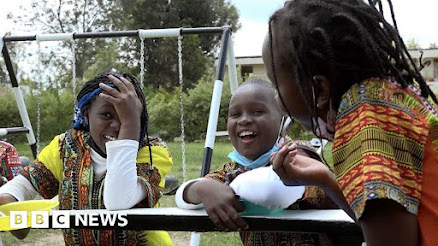What have the two years of NEP meant for Multilingual Education in India?

The National Education Policy (NEP) completed two years last month. This is a good reason to ask what the NEP 2020 has meant for multilingual education in India. There has been significant talk about introducing or strengthening Multilingual Education in various state-level primary schools, but has there been action? The NEP 2020 has brought multilingual education higher on the agenda in India. As an indicator, I did a quick research in Google and compared the Google hits in the two years after NEP(2020-22) and two years prior(2018-20). I got 6500 hits since June 2020 when I searched for "Multilingual education" in India, while the two years before that had less than half of that. The extra attention has caused a wider group of people to be thinking of the issues related to multilingual education. The home minister, for example, recently stated that, when we do not use Indian languages to teach, we are not able to utilise the full potential of the country. He also stress



